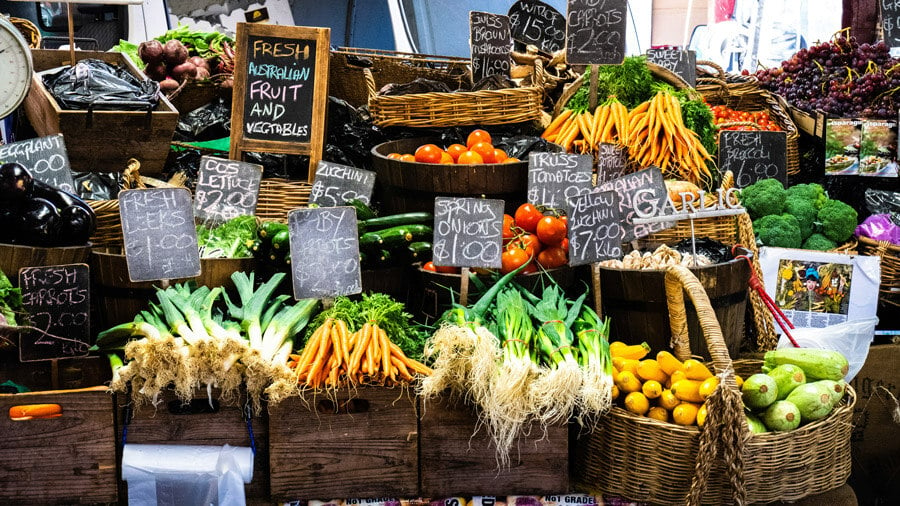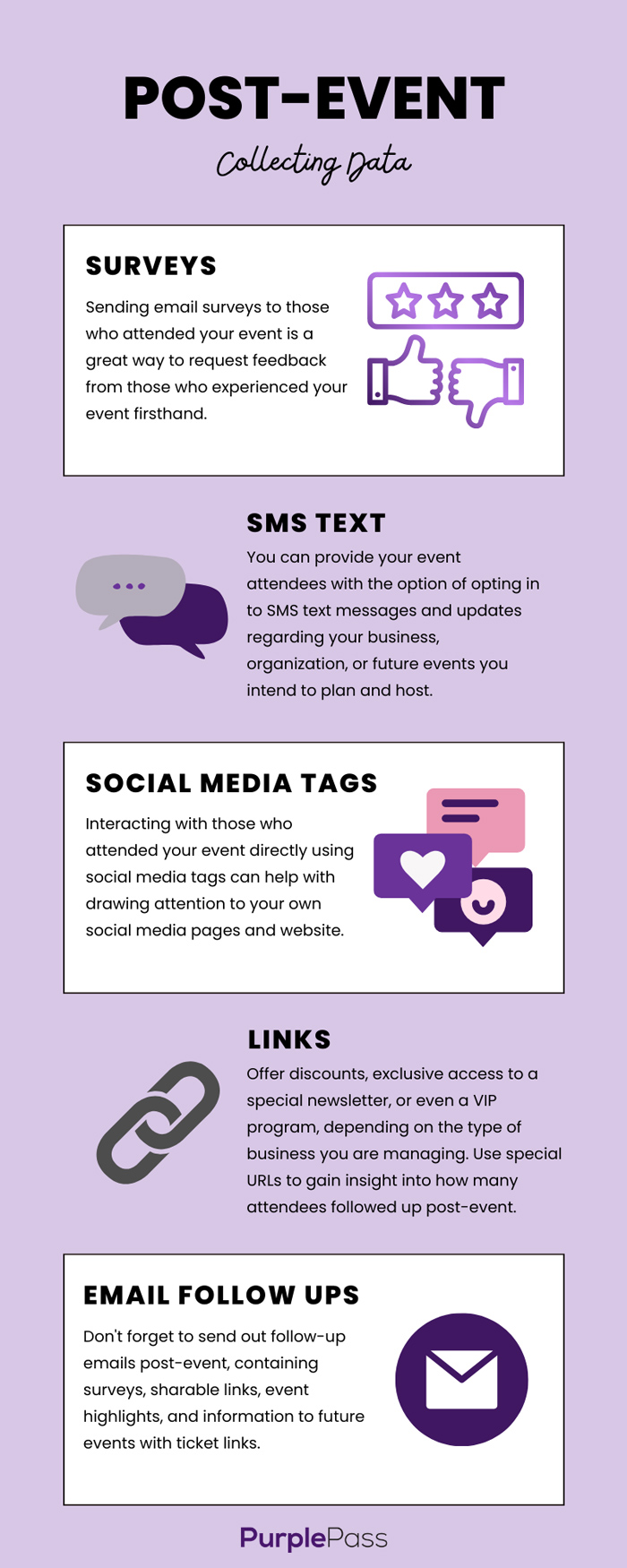How to Plan a Successful Fourth of July Community Farmers Market
As Independence Day approaches, hosting a community farmers market can be an excellent way to celebrate. It offers a festive, fun-filled opportunity for locals to gather, enjoy fresh produce, and partake in patriotic activities.
Planning such an event involves careful consideration, from budgeting to vendor coordination and marketing. Here’s a detailed guide to help you throw an unforgettable Fourth of July community event.

1. Establishing Objectives and Budgeting
The first step in planning your Fourth of July community farmers market is to define clear objectives. Are you focusing on promoting local agriculture, fostering community engagement, or simply providing entertainment? Once your goals are set, create a budget.
Your budget should cover venue rental, permits, insurance, vendor fees, marketing, decorations, and entertainment. To manage costs effectively:
- Seek Sponsors: Approach local businesses for sponsorship. Offer them visibility at the event in exchange for financial support or supplies.
- Apply for Grants: Research and apply for grants aimed at community development or local agriculture.
- Charge Vendor Fees: Consider charging vendors a fee to rent booth space, which can help cover the operational costs.

2. Planning and Logistics
With a budget in place, you can move on to the logistics of planning the event:
- Venue Selection: Choose a location that is accessible and has enough space for vendors and attendees. Local parks or school grounds are ideal options.
- Permits and Insurance: Ensure you obtain all necessary permits in advance. These might include health department permits for vendors, event permits from the city, and liability insurance.
- Vendor Coordination: Reach out to local farmers, craftspeople, and food vendors. Set clear guidelines regarding setup times, types of products allowed, and booth aesthetics.
-
Facilities: Arrange for essential facilities like parking, toilets, and first aid stations. Ensure that the venue is equipped with proper sanitation facilities to maintain cleanliness.
3. Event Features and Activities
To make your farmers market stand out, incorporate a variety of activities and features:
- Themed Decorations: Use red, white, and blue decorations to evoke a patriotic feel. Consider flags, banners, and balloons that celebrate the Fourth of July.
- Live Entertainment: Schedule live music with local bands or a DJ. Include performances like a local dance troupe or a children's choir.
- Activities for Kids: Set up a kids’ zone with activities like face painting, balloon animals, and craft stations.
- Food and Drink: Beyond the usual market fare, consider a barbecue area or invite food trucks that offer American classics like hot dogs and burgers.
-
Competitions: Organize contests such as a pie-eating contest, best-dressed pet competition, or a homemade preserves contest.
4. Marketing and Promotion
Effective marketing is crucial to ensure a high turnout:
- Social Media: Utilize platforms like Facebook, Instagram, and Twitter to create event pages, share updates, and engage with the community.
- Local Media: Get in touch with local newspapers, radio stations, and TV channels to feature your event.
- Flyers and Posters: Distribute flyers and posters in community centers, libraries, local businesses, and schools.
-
Partnerships: Collaborate with local businesses and influencers to promote your event.
5. Volunteer Coordination
Recruiting and managing volunteers can help reduce costs and enhance the event experience. Use a volunteer management tool or app to schedule and communicate with volunteers. Ensure there are enough people for setup, cleanup, information points, and activity supervision.
6. Sustainability Practices
Promote sustainability by encouraging vendors to use biodegradable or recyclable packaging. Set up recycling and composting stations throughout the venue to minimize waste.
- Encouraging Vendors to Use Sustainable Packaging: Engage with vendors early on to ensure they understand the importance of sustainable practices. Offer guidelines or incentives for using biodegradable or recyclable packaging
- Setting Up Recycling and Composting Stations: Strategically place recycling and composting stations throughout the venue to make it easy for attendees to dispose of waste properly. Each station should be clearly marked and staffed with volunteers who can help attendees sort their waste.
- Education and Communication: Use signage, announcements, and digital media to educate attendees about the recycling and composting processes at the event
- Partnering with Waste Management Services: Collaborate with local waste management companies that can provide the necessary bins, bags, and regularly scheduled pickups to handle large volumes of recyclable and compostable waste.
- Monitoring and Feedback: Implement a system to monitor the effectiveness of these initiatives during the event. Gather feedback from vendors, staff, and attendees to identify what worked well and what could be improved for future events.
7. Contingency Planning
Prepare for unexpected circumstances:
- Weather Contingencies: Have a backup plan in case of bad weather, such as arranging for tents or an alternative indoor venue.
-
Emergency Preparedness: Ensure that all staff and volunteers are familiar with emergency procedures. Have a clear communication plan in place.
8. Post-Event Evaluation
After the event, gather feedback from vendors, participants, and attendees to assess what worked and what could be improved. Use this feedback to guide the planning of future events.
- Surveys: Develop comprehensive surveys for vendors, participants, and attendees to complete after the event. These surveys should cover various aspects of the event, such as the effectiveness of sustainability initiatives, the overall experience, logistics, and any suggestions for improvement.
- Interviews and Focus Groups: Conduct in-depth interviews or organize focus groups with a selection of stakeholders to gather detailed insights. This qualitative feedback can provide deeper context to survey responses and highlight areas that might not be captured in a standard questionnaire.
- Social Media and Online Feedback: Monitor social media platforms and event apps for real-time feedback and comments posted by attendees. This can provide immediate reactions and thoughts that are more spontaneous and honest.

Planning a Fourth of July community farmers market is no small feat, but with careful preparation and community involvement, it can be a highly rewarding experience that celebrates local culture and patriotism.
By focusing on detailed planning, engaging marketing strategies, and inclusive activities, your event is sure to be a success, fostering a sense of community and celebration on this patriotic day.






